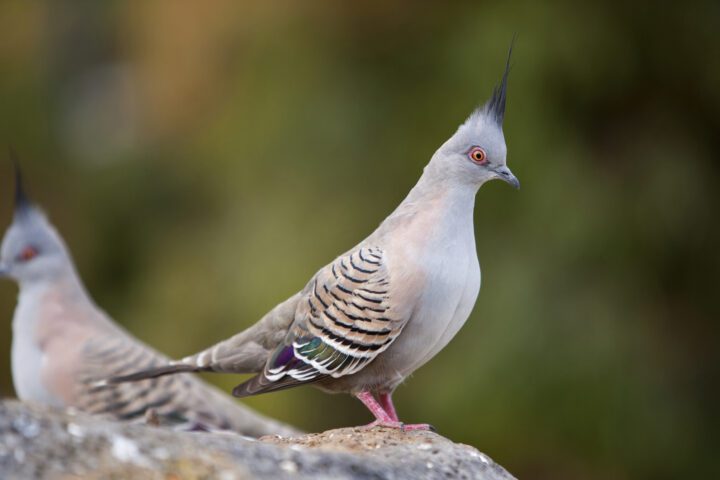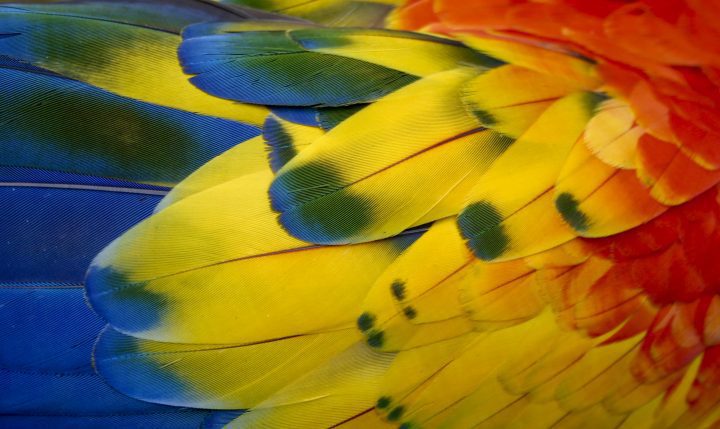Expel Liquids
There are various reasons living systems discharge liquids, such as to defend themselves, to avoid liquid buildup that can cause decay, to eliminate waste, or to dry off. Because liquids cannot be effectively moved through pushing, a different kind of force is needed to expel them. Creating that force requires energy, so living systems must have efficient strategies worth the energy investment or use an outside force (such as gravity). This typically entails strategies that build up pressure or use other forces to propel liquids away. An example of a living system that expels liquids is the scallop. This creature moves through water by clapping its shells together, generating a water jet that propels it in the opposite direction.
Protect From Animals
Animals–organisms that range from microscopic to larger than a bus–embody a wide variety of harms to living systems, including other animals. They threaten through predation, herbivory, defense, and parasitism, and they compete for resources such as water, nutrients, and space. Any given living organism commonly faces threats from a variety of animals, requiring strategies that effectively defend from each. Trout and other bony fish, for example, escape predators by having scales made of very thin, flake-like pieces of bone covered with slippery mucus. They also have behavioral strategies such as camouflage, fast swimming, and twisting and turning to achieve release from a predator’s grip.
Send Light Signals in the Visible Spectrum
The visible spectrum is the portion of the electromagnetic spectrum that the human eye can detect. Visible light can be thought of in two ways–light as illumination (such as that used by fireflies) and colors that result from light being absorbed or reflected. Living systems use light for a variety of purposes. Sometimes, they use it to make themselves highly visible (like a peacock showing off his brilliant feathers to a potential mate). Other times, they use it to become virtually invisible (like an owl hiding in plain sight when it rests during the day). When a living system sends a light signal, it must create that light or color in an energy- and material-efficient way. Living systems create and enhance color using such strategies as non-toxic pigments, structures that bend and absorb different wavelengths, and chemical processes that create bioluminescence.
Send Chemical Signals (Odor, Taste, Etc.)
Tastes, odors, and hormones are all chemical signals that can float through the air or water, or be applied to solid surfaces. Chemicals are important for signaling and communication; even humans, with our underdeveloped sense of smell, are influenced by chemicals more than we realize. Chemical signals are often specific to the living system intended to receive them, and are often relatively weak, dispersing upon moving through liquids or gases. To ensure that chemical signals reach their target, living systems create unique chemical signals and methods of dispersal. One example is an orchid that is pollinated by dung beetles, and therefore distributes a dung-smelling aroma to attract them.




